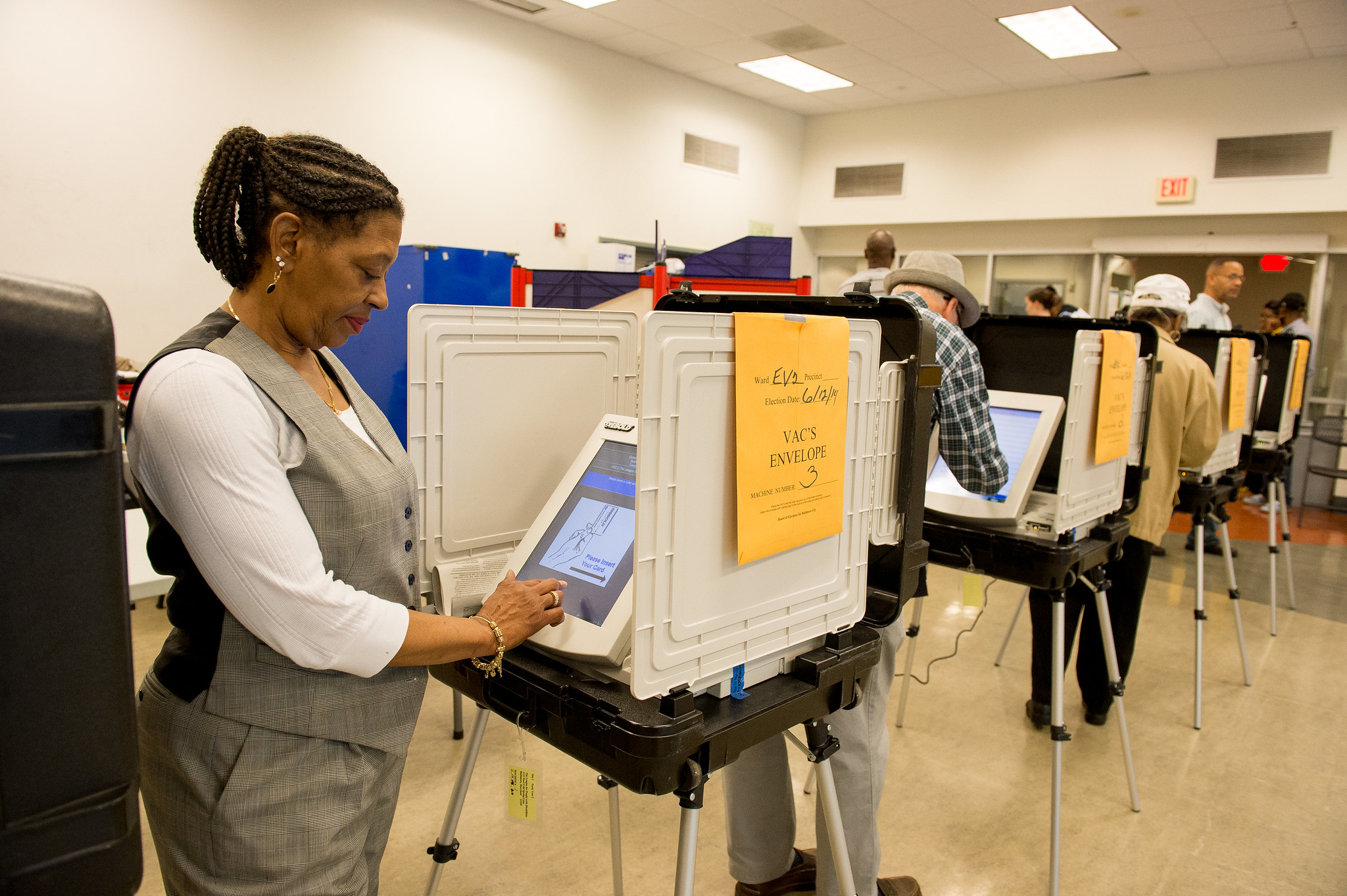Decades of research show that women make a difference in elected office. Women do govern differently, yet we are losing representation in the United States. Claire Cain Miller, writing for the New York Times, reports these results of the November 2016 election:
- The number of female governors dropped from six to five.
- The number of women in Congress stayed the same at 104, or 19 percent of the seats in the House and Senate. One seat was gained in the Senate and one lost in the House.
- Thirteen states will send no women to the new 115th Congress.
- Women are more collaborative and bipartisan than men. Miller reminds us of the time in 2013 when Senator Susan Collins, a Republican from Maine, joined with several other Senate women representing both parties to create a plan to reopen the government after a Senate-led shutdown. Research shows that women build coalitions and reach consensus more quickly because they interrupt less, listen more, pay attention to nonverbal cues, tend to be less partisan, and use democratic leadership styles instead of the autocratic styles favored by many men.
- Women push for more policies meant to support women, children, social welfare, and national security. Women in Congress pushed to get health-care coverage for women included when the Affordable Care Act was being passed, pushed for the enforcement of sexual harassment prevention and adjudication rules in the military, fought to get women included in medical trials, and fought for the inclusion of child-care vouchers in welfare reform.
- Women sponsor and cosponsor more bills. Women actually do get bills passed at the same rate as men, except when the bills affect women, health, education, and social welfare issues. In these cases, bills sponsored by women are more likely to die in committee because Congressional committees have few women chairs and fewer women’s voices.
- Women bring 9 percent more federal money home to their districts.
- Women are significantly more likely than men to sponsor bills in areas of civil rights, health, and education. Men sponsor more bills in agriculture, energy, and macroeconomics.
- A higher share of female legislators correlates with less military spending and decreased use of force in foreign policy. Researchers at Texas A&M University report this based on data from twenty-two established democracies gathered between 1970 and 2000. The exception is when women are in executive positions, where they seem to be more hawkish, possibly to overcome stereotypes about women being weak.
 Donna Brazile writes in
Donna Brazile writes in